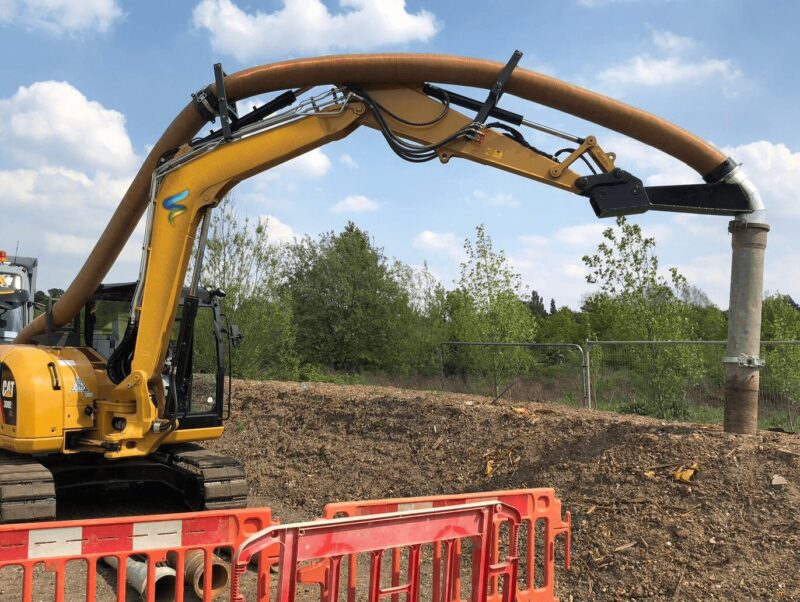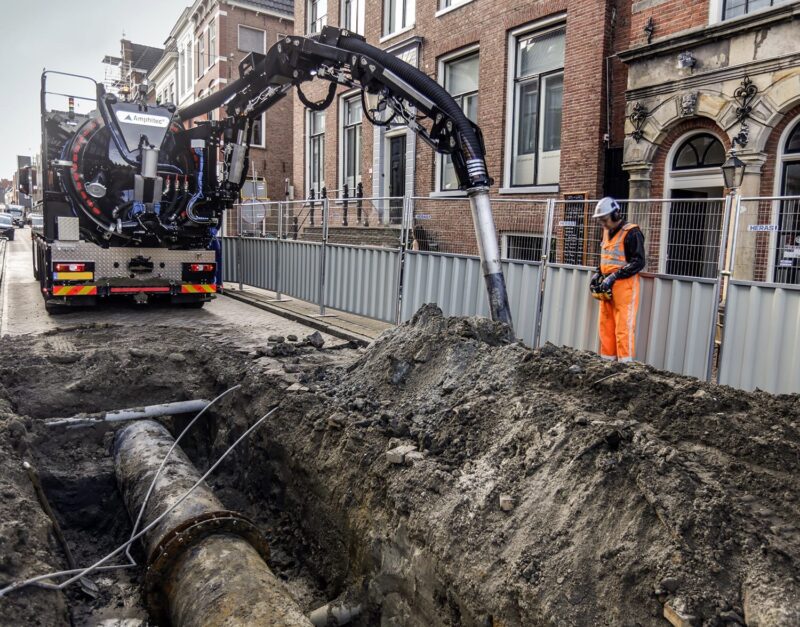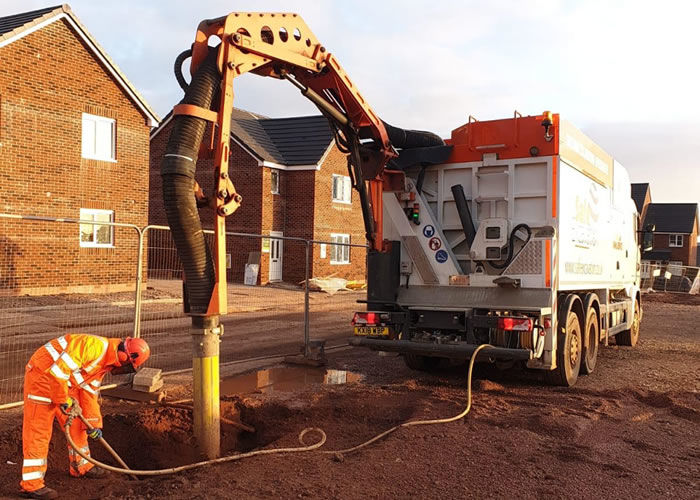Innovative technologies and methods are revolutionising the construction business, handling more difficult challenges. This includes excavation, a critical part of every building job. Traditional excavating methods are reliable but often cause environmental damage, safety issues, and inefficiency. Modern excavating methods are addressing these difficulties precisely.
Utilising modern technology

The invention of the suction excavator has transformed modern excavation methods by offering unmatched precision and safety. This advanced technology uses powerful suction to safely remove soil and debris, minimizing the risk of damaging underground utilities. It has become especially valuable in urban areas, where there is a higher concentration of cables, pipes, and other infrastructure. To learn more about the suction excavator click here and explore its growing role in the construction industry.
Suction excavators excel in precise conditions. This approach offers controlled excavation by loosening the soil with air or water before vacuuming. The technology’s ability to work in tight locations makes it perfect for urban projects where space is limited and neighbouring structures complicate the operation. As it eliminates the need for heavy machinery or manual digging in dangerous conditions, suction excavation decreases labour time and injury risk.
Environmental impact and sustainability
Sustainability is another feature of contemporary excavation technologies. Traditional excavation methods move dirt, disturb the environment, and produce waste. However, suction excavation is more eco-friendly. Precision decreases soil disturbance, preserving the natural environment and reducing post-construction land restoration. Debris removal without chemicals or excessive water use reduces building projects’ environmental impact.
Construction companies are under pressure to go green in a world where sustainability is more important. Modern excavation technologies help achieve these expectations and fulfil regulatory requirements for minimal environmental impact during construction. Thus, adopting these technologies is a win-win for efficiency and sustainability.
Safety first: Reducing on-site risks

Construction safety has long been a priority, yet traditional excavating methods are dangerous. Conventional digging procedures can put workers at risk of cave-ins, hazardous materials, and underground infrastructure damage. However, modern excavation technologies like suction excavation have improved construction site safety.
Non-invasive digging with suction excavators lowers heavy machinery accidents. The operator controls the equipment remotely, protecting personnel. This technology is also successful at locating and avoiding underground utilities, including gas lines, electrical cables, and sewage systems, which typical digging equipment damages. These precise machines reduce the risk of unexpected complications, resulting in safer, more consistent results.
Meeting complex construction needs
Construction projects are more complex, requiring innovative excavation solutions. Modern projects sometimes require difficult terrain, confined spaces, and sensitive settings that traditional approaches cannot handle. Precision technology like suction excavation excels here. These technologies can meet modern construction demands by balancing accuracy, safety, and environmental responsibility.
Suction excavation is a crucial tool in modern construction, from urban constructions that require minimal disruption to sensitive environmental areas that must remain untouched. As the industry evolves, these technologies will become more important in handling complicated problems.
Conclusion

Once laborious and dangerous, excavation is now precise and efficient. With suction excavation, building professionals may easily solve the most difficult problems. These strategies increase construction safety, sustainability, and environmental impact. The future of excavation technologies promises to transform construction by tackling complicated problems with unprecedented accuracy.


